Map Skills Teaching Resources
Everything you need for teaching map skills in your classroom has been brought together in one place by the Teach Starter team! Find printable map skills worksheets, teaching resources about cardinal directions, longitude and latitude activities and more — all created by teachers for your elementary classroom!
Each curriculum-aligned teaching resource has been rigorously reviewed by our teacher team to ensure it meets standards, has been fact- and spell-checked, and is ready to be downloaded and used in your geography lessons!
New to teaching this part of the social studies curriculum? Read on for a primer from our teacher team, including a look at the key map skills students should learn in elementary school and why this is still important in a GPS world.
What Are Map Skills? A Kid-Friendly Definition
So you're ready to start your map skills unit ... but how do you explain the concept to your class?
Map skills can be described rather simply for kids as what we need to know in order to read a physical map.
Which Map Skills Do Elementary Students Need to Know?
But what are those specific things that our students need to know in order to be skilled at map reading? Let's take a look at the major elements of a map that kids need to be able to identify and use in order to better understand the world.
On the elementary level, students should be learning to identify the following elements of a map:
- Cardinal Directions — North, South, East, West
- Symbols — Icons or pictures on a map that represent different features such as parks, schools, hospitals, airports, etc.
- Map Legend — A key that explains what each symbol or color on a map represents
- Map Scale —The relationship between the distance on a map and the distance in the real world
- Landforms — Different types of landforms such as mountains, hills, valleys, and rivers
- Major Bodies of Water — Oceans, seas, lakes, rivers and more
- Continents — The seven continents of the world and their general location on the map
- Hemispheres — The four hemispheres of the earth: Northern, Southern, Eastern, and Western
- Latitude and Longitude — The grid lines that are used to locate places on the map using coordinates
- Borders — The lines that separate countries, states and territories on a map
Why Are Map Skills So Important for Kids to Learn?
It may not feel like a pertinent skill for students in our GPS era, but the skills involved in reading a map are just as important today as they've ever been!
These social studies lessons will help your students develop their spatial thinking, learning to take in data and interpret it. With a map, students get visual data that they can then put to use — calculating the distance between two points, for example, or determining where a river flows to better understand why a road cannot extend in that direction.
Map skills also help our students better understand symbols and their relationships to pictures, objects and distance. As students get acquainted with the various map elements such as a compass rose and scale, they begin to be able to put these things into perspective.
To help aid your class in developing the map skills they need to meet Common Core and state standards this school year, our team has created both digital and printable resources with activities and worksheets ranging from the primary grades to upper elementary!
Looking to extend your map skills lessons? Print blank maps of the United States and each of the 50 states right here on Teach Starter, and get ready to read the map!
- Plus Plan

Treasure Island - Mapping Skills Worksheet
Put mapping skills into practice by creating a map of a treasure island!
- Plus Plan

Latitude and Longitude Banners
Latitude and longitude banners to display in the classroom when studying geography.
- Plus Plan
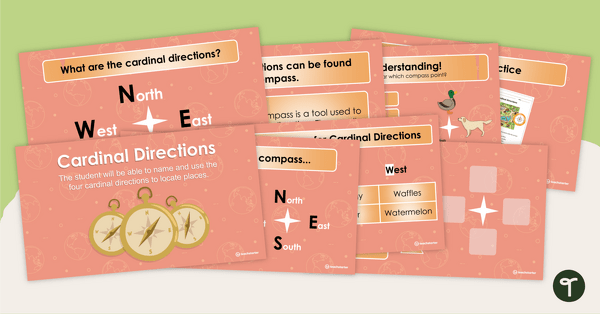
Cardinal Directions - Instructional Slide Deck
An editable PowerPoint to use when teaching your students about cardinal directions.
- Plus Plan
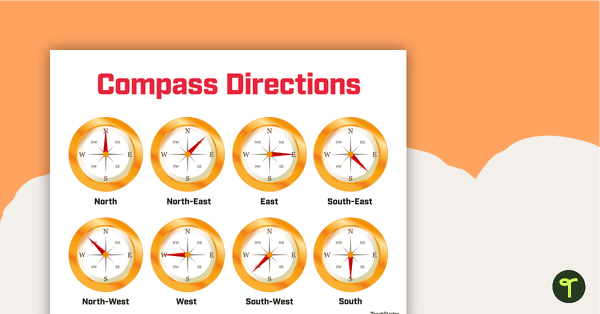
Cardinal and Intermediate Directions Poster
Display this cardinal and intermediate directions poster when exploring the compass rose with your students.
- Plus Plan
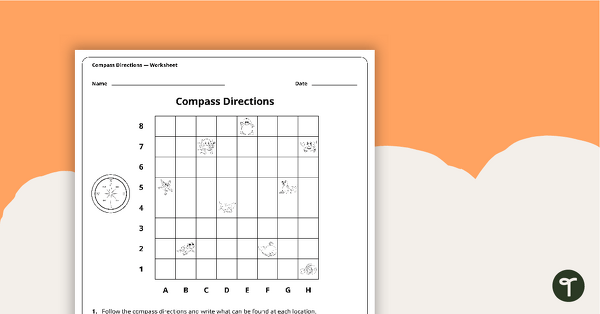
Compass Directions Worksheet
A worksheet to use when exploring grids, grid references and direction.
- Plus Plan
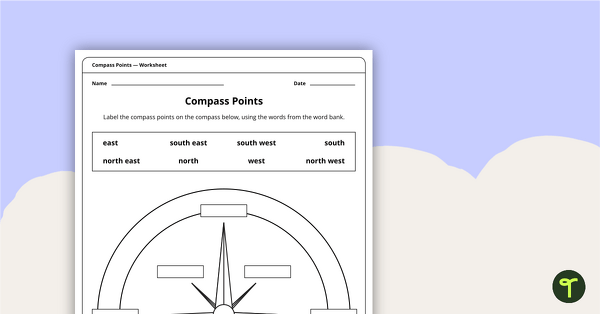
Compass Points Worksheet
A worksheet showing the 8 major compass points.
- Plus Plan
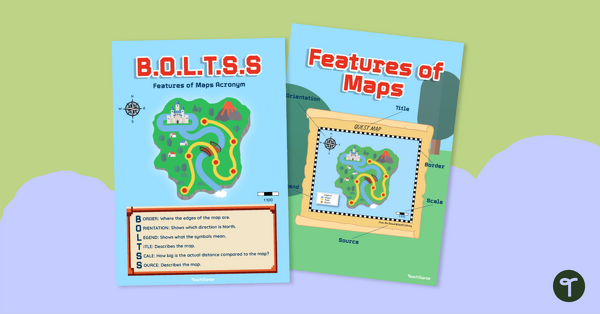
Features of Maps Posters - B.O.L.T.S.S
Explore the features of maps using this set of colorful classroom posters.
- Plus Plan
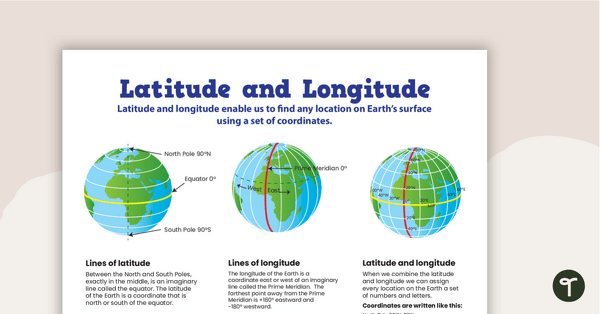
Latitude and Longitude Poster
Use this educational poster when students are learning about geographical coordinates, latitude and longitude.